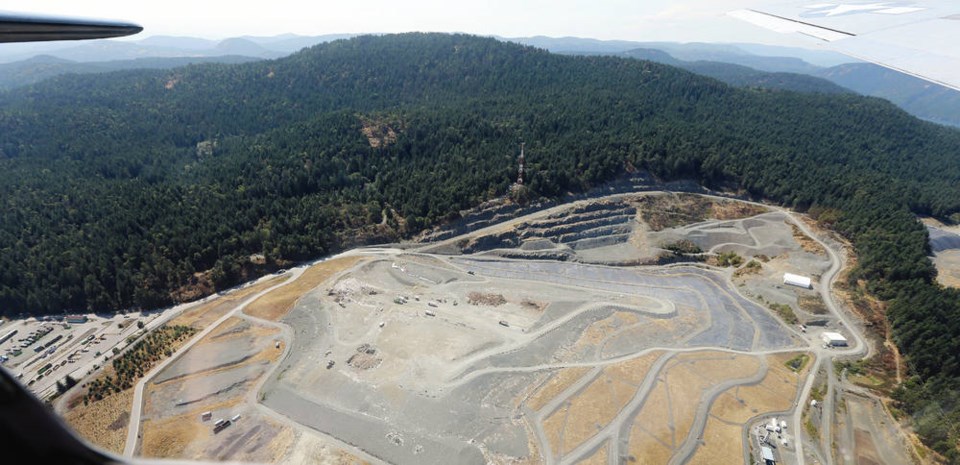While often described as a consumer society, it would be equally true to describe us as a waster society; they are two sides of the same coin.
A lot of what we acquire — all that “stuff’’ — ends up as solid waste, while inefficient energy use leads to high levels of energy waste. Not only does this contribute to excessive use of resources — with all the pollution and energy use associated with their extraction, processing and distribution — but it fills our landfills and pollutes our local environment or, if we export it, other people’s environment.
So unsurprisingly, consumables — at nine per cent — are an important part of the region’s overall ecological footprint.
The 2018 B.C. Institute of Technology report on Saanich’s footprint found that almost all of the footprint of consumables was due to “upstream impacts” — all the materials and energy that go into producing and distributing the products.
Thus, the report concludes, we need to “prioritize reduction in overall consumption, instead of focusing on end-of-stream waste management.”
The report found that almost half the ecological impact of consumables is due to wood, textiles and rubber, almost a third is paper and plastics comprise 11 per cent.
So it suggests Saanich residents, businesses and organizations should reduce paper consumption by half, textile consumption by 40 per cent and plastics consumption 30 per cent. Given the large amount of food waste, the report also suggests reducing food purchasing by a quarter.
We produce a lot of solid waste in this region: 382 kg per person in 2019, according to a Capital Regional District staff report in September this year; for a family of four, this is more than 1,500 kg or 1.5 tonnes per year, although it is not all produced directly.
We are a long way from the CRD’s target of 250 kg per person per year by 2030 (and an aspirational target of 125 kg, still being discussed), and a vast distance from zero waste.
But zero waste is where we need to be, and is one of Bioregional’s 10 principles of One Planet living. In a “Sustainability Scan” for the One Planet Saanich Initiative, the goals for this principle are “to reduce wasteful consumption, maximise upcycling, re-use and recycling, and aim for zero waste to landfill.”
The National Zero Waste Council brings together “governments, businesses and non-government organizations to advance waste prevention in Canada and the transition to a circular economy.”
The latter “is based on the idea that there is no such thing as waste”. Among its features: “products are designed to last and optimized for a cycle of disassembly and reuse that makes it easier to handle and transform or renew them.”
Unfortunately the CRD is not a member; the only municipal member from this region is the City of Victoria. The city initiated its Zero Waste Victoria strategy in March 2019 and is due to consider its adoption next month. The strategy focuses on eliminating the unnecessary through reducing our consumption and making reuse, recycling and repair the norm: “The least desirable outcome is disposal of an item in the landfill.”
Which brings me to the proposal currently being considered by the CRD to expand the Hartland Landfill and extend its life from 2045 (25 years from now, when it is expected to be full) to 2100, 80 years from now, an additional 55 years of landfilling of waste. Of particular concern is the comment in the September CRD staff report about the need to “ensure the long-term financial sustainability of the waste system by stopping waste and associated tipping fees from leaving the region.”
So we need to keep landfilling in order to keep the revenues here. This is the same predicament as an “energy from waste” plant; you need to ensure you have a steady supply of waste, which removes the incentive to reduce it.
If we are to get to zero waste, expanding the landfill is entirely the wrong approach, in effect accepting – even supporting — us in continuing to over-consume and use resources wastefully. Instead, the CRD should take a leaf from Victoria’s book: Set a target of zero waste, refuse to expand the landfill and set about creating a circular economy.
Dr. Trevor Hancock is a retired professor and senior scholar at the University of Victoria’s School of Public Health and Social Policy.



